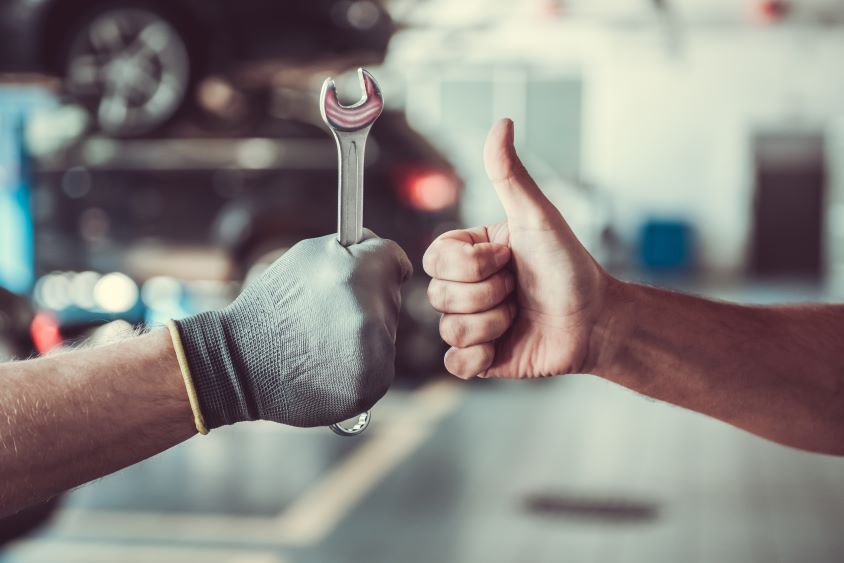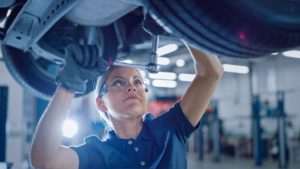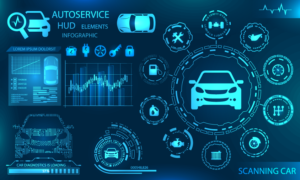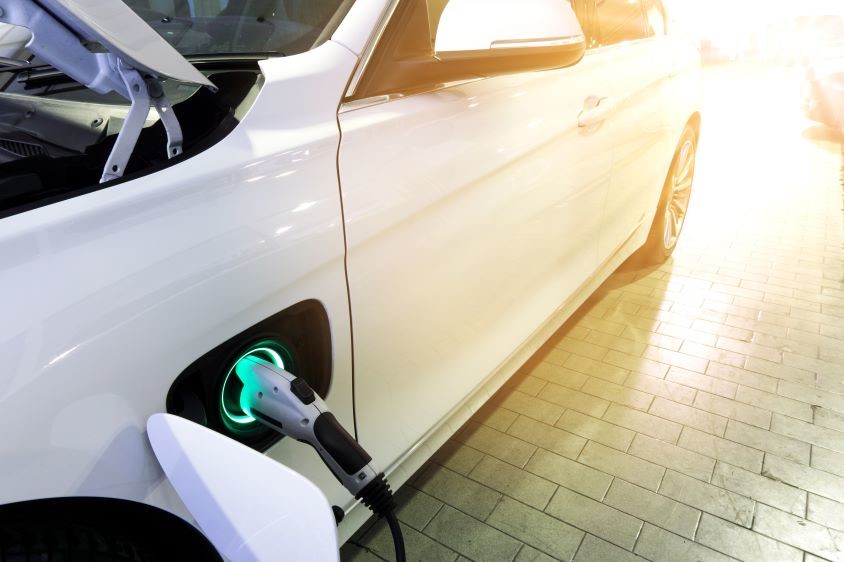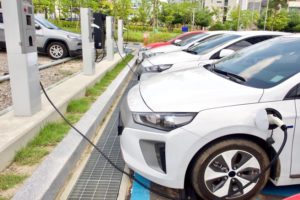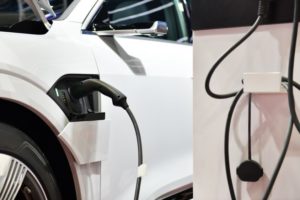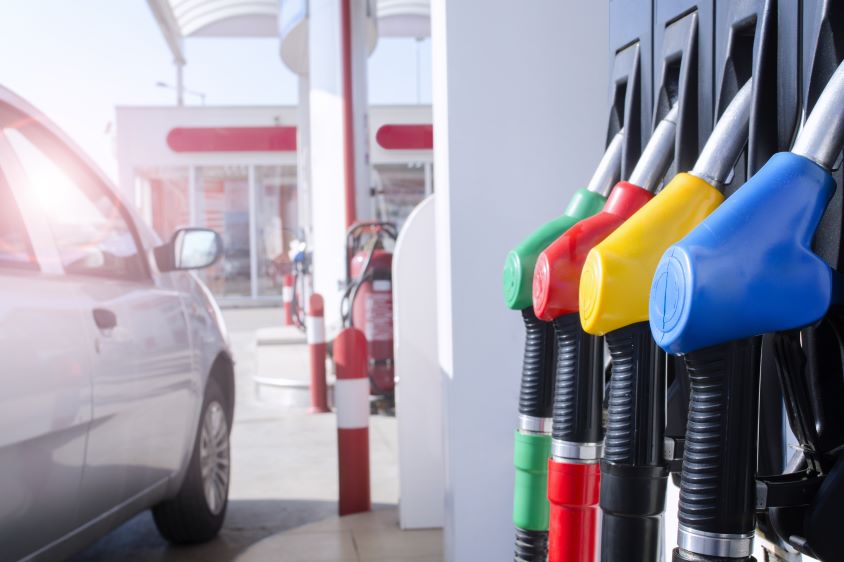There are many tasks to juggle as a fleet manager, not least ensuring all of your vehicles are roadworthy and safe at all times.
Due to general wear and tear and the fact that most fleets cover many miles, vehicles can easily become a little rough around the edges. To preserve their condition, regular servicing is therefore essential if you are to avoid unexpected repair bills.
However, staying on top of this when you have a potentially large number of vehicles may be tricky. The answer could be to tackle servicing proactively using a fleet maintenance service plan.
Managing servicing in a proactive way
Whether you do this through a maintenance-inclusive contract with your leasing provider or a pay-as-you-go service scheme, paying a set amount per month and having servicing pre-scheduled is ideal for peace of mind.
It ensures all routine checks, maintenance and repair costs are covered and can be tailored specifically for your business. This could be the best way to reduce and even prevent breakdowns.
Here are some of the recognised benefits of a fleet service plan:
Improved safety
Many accidents on the roads are caused by maintenance problems with components like tyres and brakes. Indeed, according to the most recent figures from RoSPA, there are around 136 serious collisions a year due to illegal, defective or under-inflated tyres.
Meanwhile, Department for Transport data shows defective brakes have been the leading cause of road accidents for six years running.
Maintenance is essential for keeping fleets safe. By staying on top of these small parts through regular inspections, it is less likely that they will become a risk for drivers and potentially cause major incidents on the roads.
What’s more, improving safety could have a knock-on effect for your reputation as word gets around to customers – and potential new staff.
Less downtime for vehicles
It might seem as though all this extra time for servicing could be detrimental to productivity and therefore costly. On the contrary, it is likely to be easier to manage than having to pull vehicles off their routes unexpectedly when they break down.
According to research from Ford, each fleet vehicle spends an average of four days a year off the road for repairs, costing an average of £200 a day. One in ten businesses said they believe the cost is closer to £600 a day.
By preventing some of the incidents that take them off the road in the first place and having repairs scheduled as soon as possible, this expense could be reduced dramatically.
Add in the fact that you’re extending the life of your vehicles, avoiding towing fees and not missing business appointments due to breakdowns and the long-term savings could be significant.
Easier compliance
Police and the Driver and Vehicle Standards Agency have the power to stop commercial vehicles at any time for spot checks. These are designed to keep unsafe vehicles off the roads and can result in fixed penalties in the event of offences.
If drivers are able to access records from fleet service plans, they can demonstrate compliance with the law quickly and easily. They can also show a full service history and prove maintenance has been regularly carried out. This could mean stops take less time and penalties are all but eliminated.
Savings elsewhere
Regular servicing might prove to have additional benefits that aren’t immediately obvious. For example, the RAC points out that by upgrading tyres and regularly changing oil and filters, savings could be made on fuel by making vehicles more efficient.
Through extending the life of fleet vehicles, it may also reduce the frequency at which they need to be replaced. Avoiding this significant expense could be welcome for smaller businesses in particular.
How to implement a fleet service plan
To decide which service plan is right for you, it’s important to take a good look at each vehicle in your fleet and gather together all their service records and other documentation.
You can then work out how often you think maintenance will be needed and look for suitable products. Automatic reminders can be sent out once you’re signed up, triggered by metrics such as mileage, engine hours or fuel used.
Good service plans should include:
- General tune-ups
- Inspection of electrical systems
- Brake checks
- Steering column inspections
- Changing of oil and filters
- Replacement of parts such as windscreen wiper blades
- Tyre replacement
… and much more.
How a software solution can help
As mentioned above, automatic reminders can be a great help when it comes to ensuring service plans are adhered to. You might therefore wish to incorporate a telematics-based software solution into your plan to do the legwork when it comes to managing fleet maintenance.
There are a variety available that can be deployed via the cloud and integrated with existing fleet management tools. For example, you could set up alerts using your fuel cards that record when drivers have purchased a certain amount of fuel and must therefore be ready for a service.
Other potential functions include:
- Inventory management for required parts
- Automatic invoicing and ordering of new components
- Storage of vehicle service histories in a central repository
Having access to all this data could also help you to see trends in maintenance requirements that demonstrate how well a fleet is performing and whether certain vehicles may be nearing the end of their lifespan.
Of course, fleet operators should always be encouraged to report issues with their vehicles that crop up outside servicing times. However, a maintenance plan should reduce the likelihood of this and ensure more problems are pre-empted before they become a real issue.
For more information about how you could simplify your company vehicle maintenance, and to find out more about MyService.Expert, contact Fuel Card Services today.

